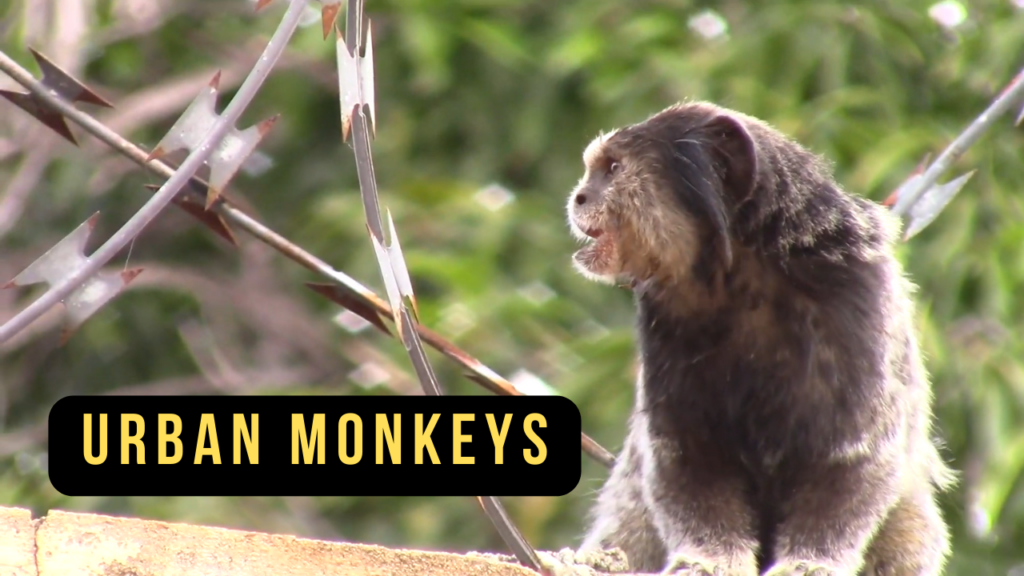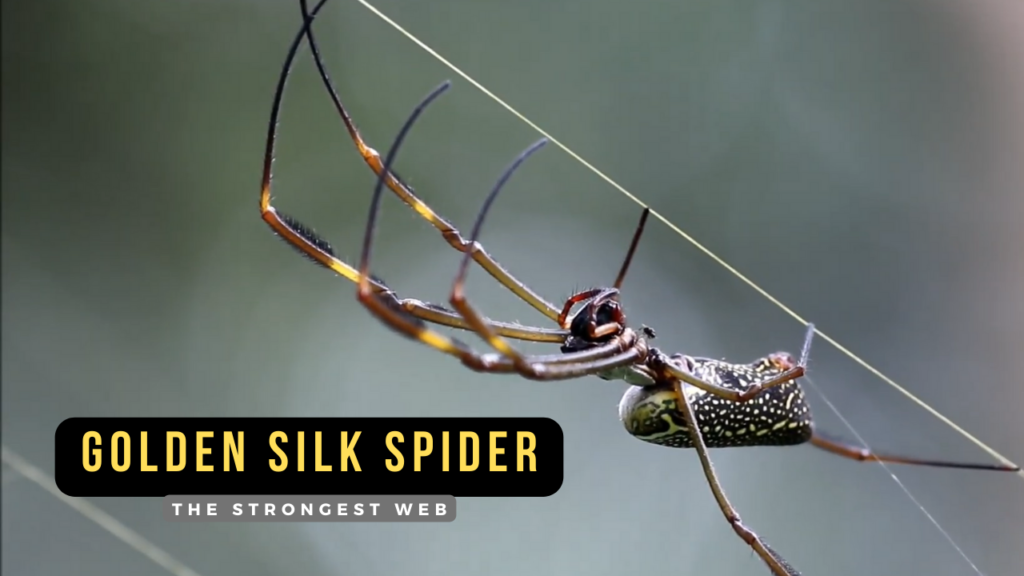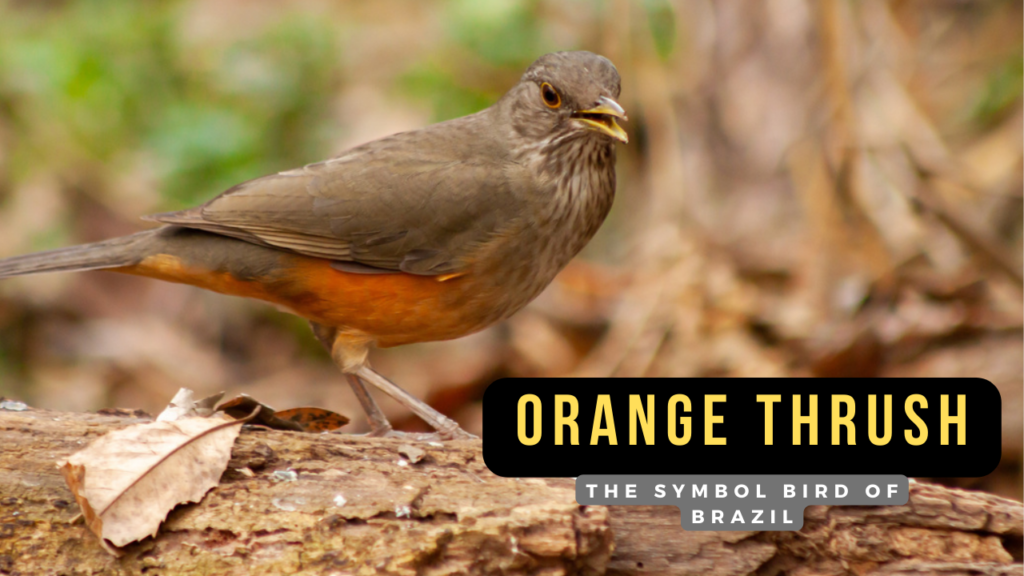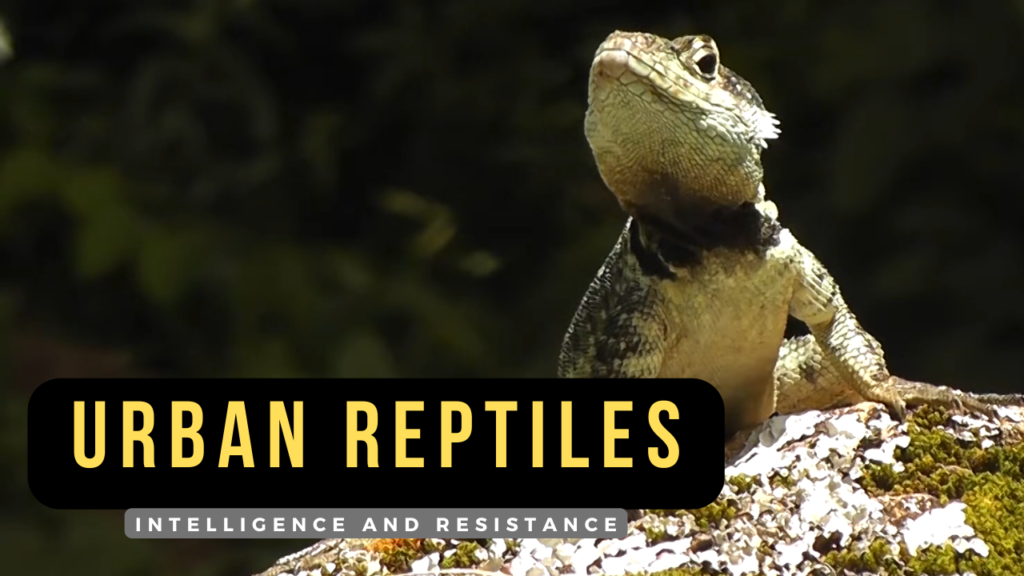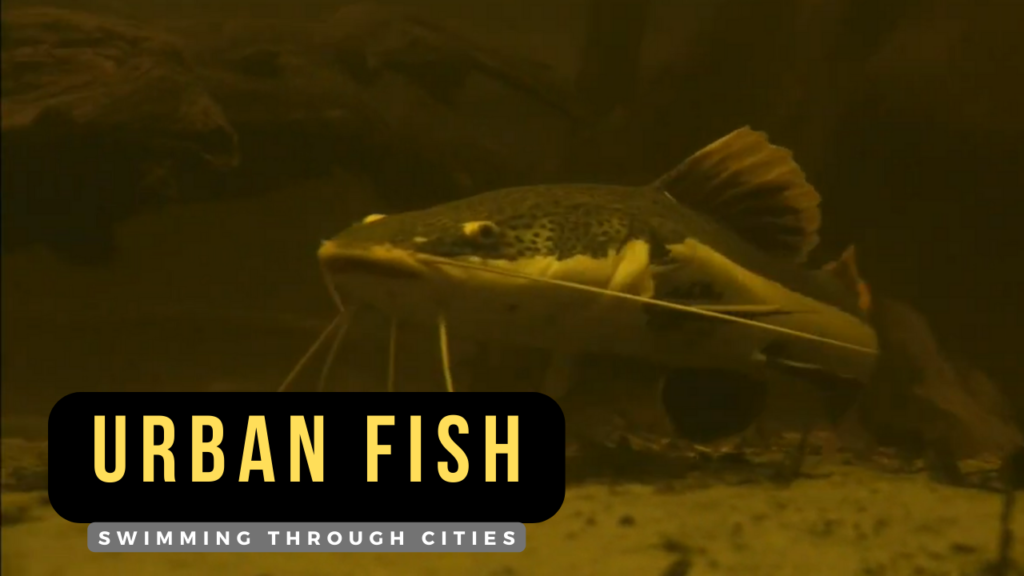Surviving here is not easy. It takes a lot of resilience and foresight. You will also need strength, endurance and a lot of patience. The community doesn’t care about you. It’s every man for himself and the city against all. The same goes for urban reptiles that live in urban areas. If they don’t take advantage of the city, it will consume them.
Maybe you don’t know, but the largest city in Latin America, São Paulo, is home to a large local urban fauna. In particular, a great diversity of reptiles, which can be found in all regions of the city. The natural remnants are fragmented and dispersed in the urban space, but still contain considerable populations of reptiles.
Reptiles form the group made up of the turtles, crocodilians, tuataras, amphisbaenians, lizards and snakes. They are known as cold-blooded animals, or ectotherms, because their metabolism requires an increase in heat from the external environment, carried out through a process called thermoregulation, essential for the maintenance of the vital functions of these animals. Reptiles can be found all over the planet, with the exception of the polar ice caps… Some are herbivores and others are carnivores.
The southern end of the city of São Paulo is home to the largest portion of preserved vegetation and freshwater bodies. This region is made up of the Billings and Guarapiranga dams and the region known as Serra do Mar, which connects the city to the coast of the state. In this place we can find practically all representatives of the reptile fauna of the city, including the most difficult to find in other regions, such as turtles and crocodilians.
Among the species that inhabit the region, we can find the snake-necked turtle, so called for obvious reasons. This animal has great behavioral plasticity and resistance to different environmental conditions, and is also found on the banks of the Tietê River and in Serra da Cantareira. Another curious species of turtle that inhabits the region, but only in the most preserved areas, is the black tortoise. This beautiful animal is rare and has a restricted distribution.

In places like the city of Rio de Janeiro, it is often possible to find alligators that decide to inhabit the lagoons, such as the famous Lagoa Rodrigo de Freitas. Due to the proximity to natural bodies of water and areas with vegetation, occasional encounters with alligators in the city are common.
In Brazil, snakes and lizards constitute the most diverse group of reptiles that inhabit the country.
Among the species that live in the capital of São Paulo, the most common are the false coral, sleeping snake, jararaca, parelheira, sword snake. But the snakes are not limited to staying in the most remote areas of the city. Urban waste attracts two of the main meals of these reptiles. Mice and geckos. They are out there, but you may not see them, as they are stealthy creatures and may prefer to hunt at night, when their prey is most active.
Sleeping snakes like to frequent the gardens of houses in search of their favorite meal, garden slugs. Urbanization can lead to the success of some species, which, due to the resources made available by human activity, settle and thrive in cities.

As with some species of snakes that have adapted to the urban environment, another species of reptile, until little known, does not seem to respond so negatively to the impact of urbanization and the loss of environment. The amphisbaenians. One of the reasons for this is the permanence of these animals in underground galleries and the great availability of invertebrates in these places, which serve as their main source of food. These creatures can be confused with other animals, because of their appearance, but they are part of the reptile group.
Lizards are great survivors of cities. There are 8 different species of these reptiles living in the largest metropolis in South America. Lizards are intelligent and very stealthy. Urbanized cities are a big deal for them, as they provide much needed food and plenty of places to hide.
Tegu are large representatives and have adopted vacant lots and woods as their home. It is common to find them roaming these places. These animals can eat anything and they also favor household waste and other smaller animals attracted to them, which serve as prey.
More restricted to the open areas of park interiors, we can find the calango. They are small lizards popularly known in Brazil. They are normally found in groups and feed on insects.
The wall gecko is the most common lizard species in Brazil. It is a species fully adapted to urban environments. It was brought to the American continent by slave ships during colonization, and is currently distributed in all types of city environments.

Biologists estimate that there are currently 37 species of reptiles living in the city of São Paulo. Would you imagine that so many different types of reptiles could live in the largest urban conglomerate in Latin America?
The next time you walk around the city, try to observe the presence of a reptile. Maybe you don’t see him, but he’s definitely seeing you. And if you like content about wild animals and their relationship with cities, leave a like and subscribe to the channel. With your help, we can tell you many interesting stories. Let us know in the comments if you’ve seen any kind of reptile in the city where you live. What do they do over there? We really want to know your story.
Bio is Life… Bio Web…
Watch the video on our Youtube Channel:
URBAN MONKEYS – what primates live in cities?
GOLDEN SILK SPIDER – The Strongest Web
ORANGE THRUSH – Why has the bird that symbolizes Brazil adapted so well to cities?
URBAN AMPHIBIANS – what amphibians live in cities?
URBAN REPTILES – what reptiles live in cities?
URBAN FISH – Do fish live in cities?
Follow our Facebook page:
https://www.facebook.com/biowebtv
Subscribe our YouTube channel:
https://www.youtube.com/channel/UCsjqHSG4s4x7pIENpGpkgZA?sub_confirmation=1
See our stories:
https://biowebtv.com/web-stories/
#reptiles #urbanreptiles #animals

